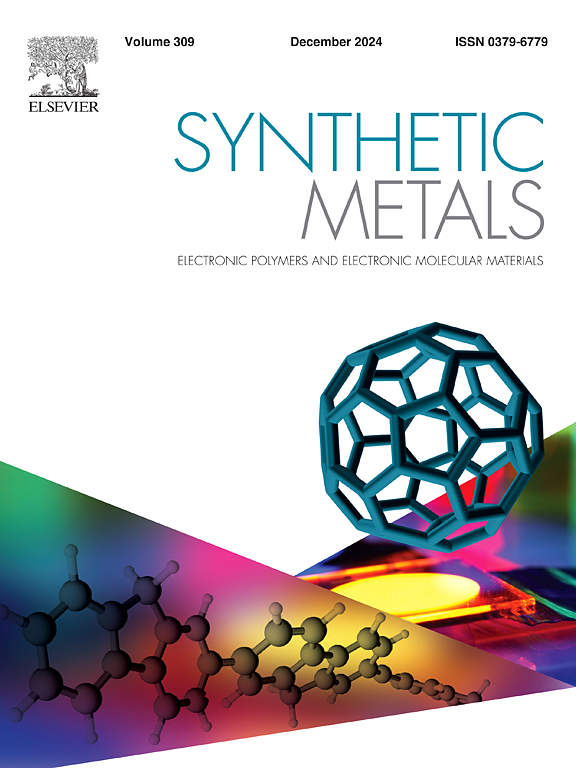碳纳米管在先进电池中的宏观结构研究综述
IF 4.6
3区 材料科学
Q2 MATERIALS SCIENCE, MULTIDISCIPLINARY
引用次数: 0
摘要
碳纳米管薄膜/纤维因其卓越的抗拉强度、柔韧性、轻质性、高比表面积、出色的导电性和优异的导热性而受到广泛重视。为了满足各种应用需求,经常使用不同的功能化技术对原始碳纳米管进行预处理。在过去的几十年里,已经发展了许多技术来功能化碳纳米管并生产各种功能材料。由于其特殊的机械和电气性能,碳纳米管可以被塑造成纤维、薄膜、海绵和气凝胶。由于其独特的一维纳米结构,这成为可能。由于其独特的结构和电性能,它们可以作为柔性电池组件的优秀构建块,并为锂离子电池的阳极材料提供了有吸引力的机会。与典型的石墨基阳极相比,这种碳纳米管阳极显著提高了可逆锂离子容量。碳纳米管修饰的结构设计和策略对于优化碳纳米管基锂离子电池阳极是非常必要的。本文综述了近年来碳纳米管的制备和性能研究进展,重点介绍了碳纳米管在储能器件及其应用领域的研究进展。它进一步讨论了基于碳纳米管的器件的关键问题和未来应用。本文章由计算机程序翻译,如有差异,请以英文原文为准。
Macrostructures of carbon nanotubes for advanced battery application: A comprehensive review
Carbon nanotube films/fibres are widely valued for their remarkable tensile strength, flexibility, lightweight nature, high specific surface areas, outstanding electrical conductivity, and excellent thermal conductivity. To satisfy a range of application requirements, raw CNTs are frequently pre-treated utilizing different functionalization techniques. Many techniques have been developed in the last few decades to functionalize CNTs and produce a variety of functional materials. Due to their exceptional mechanical and electrical properties, CNTs can be shaped into fibers, films, sponges, and aerogels. This becomes possible due to its unique one-dimensional nanostructure. Due to their unique structural and electrical properties, they serve as excellent building blocks for flexible battery components and offer attractive opportunities as anode materials for LIBs. In contrast to typical graphite-based anodes, this CNT-based anode significantly enhances the reversible lithium-ion capacity. Structural design and strategies for modifying CNTs are highly necessary for optimizing CNT-based LIB anodes. This paper reviews the recent progress on the preparation and properties of CNTs, emphasizing their applications in state-of-the-art energy storage devices and beyond. It further discusses critical issues and future applications of CNT-based devices.
求助全文
通过发布文献求助,成功后即可免费获取论文全文。
去求助
来源期刊

Synthetic Metals
工程技术-材料科学:综合
CiteScore
8.30
自引率
4.50%
发文量
189
审稿时长
33 days
期刊介绍:
This journal is an international medium for the rapid publication of original research papers, short communications and subject reviews dealing with research on and applications of electronic polymers and electronic molecular materials including novel carbon architectures. These functional materials have the properties of metals, semiconductors or magnets and are distinguishable from elemental and alloy/binary metals, semiconductors and magnets.
 求助内容:
求助内容: 应助结果提醒方式:
应助结果提醒方式:


